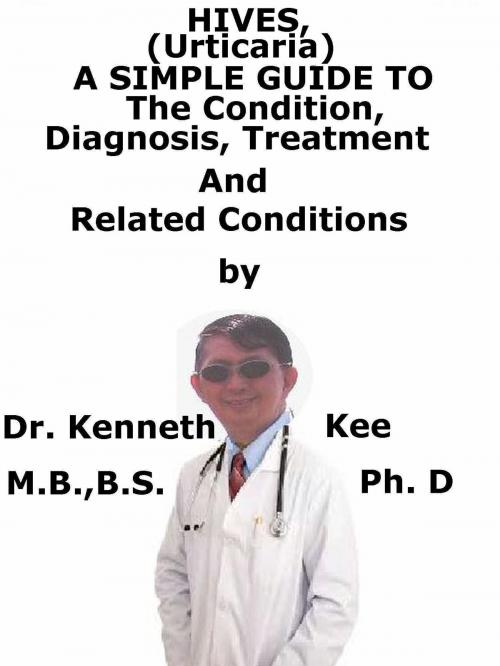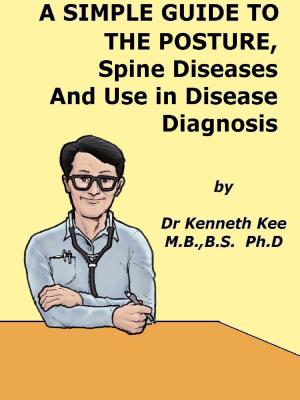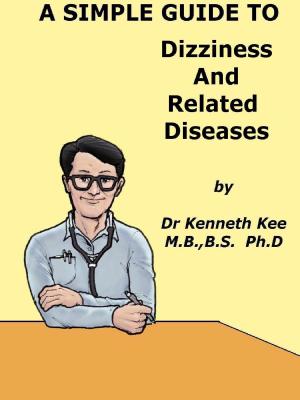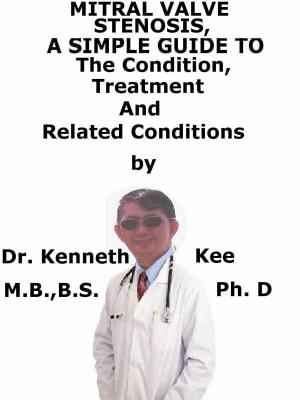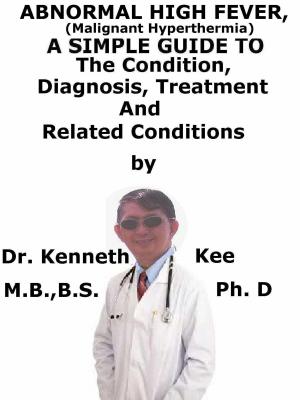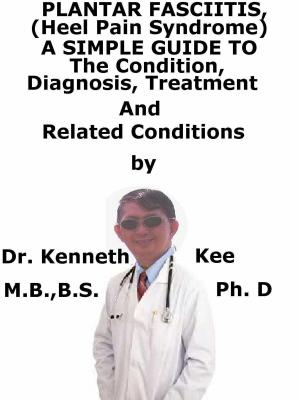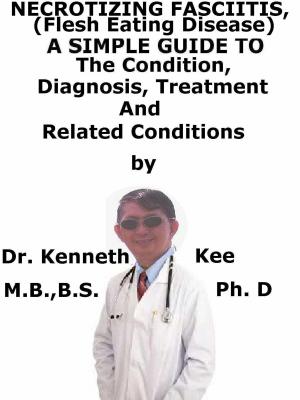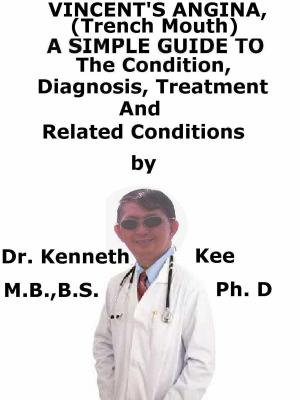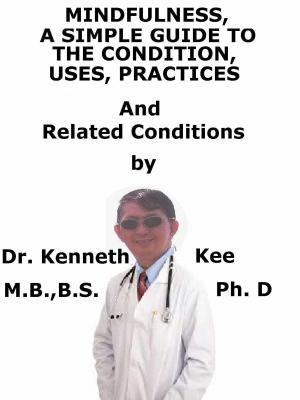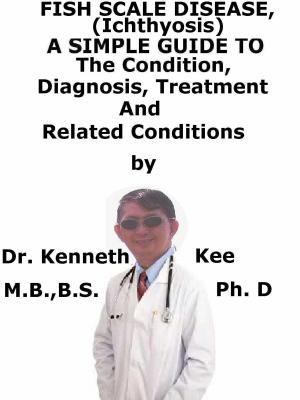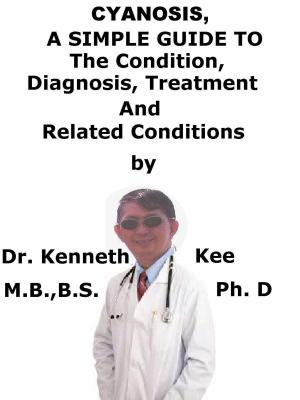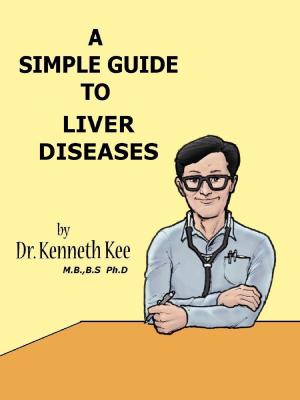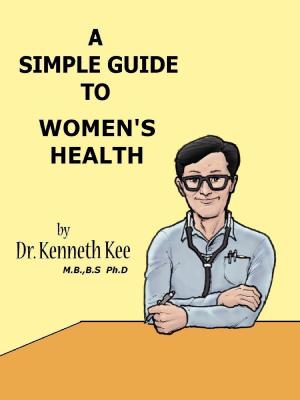Hives, (Urticaria) A Simple Guide To The Condition, Diagnosis, Treatment And Related Conditions
Nonfiction, Health & Well Being, Medical, Specialties, Dermatology, Health, Ailments & Diseases, Skin| Author: | Kenneth Kee | ISBN: | 9781370595266 |
| Publisher: | Kenneth Kee | Publication: | November 22, 2016 |
| Imprint: | Smashwords Edition | Language: | English |
| Author: | Kenneth Kee |
| ISBN: | 9781370595266 |
| Publisher: | Kenneth Kee |
| Publication: | November 22, 2016 |
| Imprint: | Smashwords Edition |
| Language: | English |
Hives or urticaria is a medical skin disorder that causes itchy rash that happens quickly anywhere on the body.
Hives are raised, frequently itchy, red bumps (welts) on the surface of the skin.
They are normally an allergic reaction to food or medicine.
The rash may happen frequently simultaneously at multiple sites.
It is normally temporary disappearing after 24 hours although new rashes may happen at other sites.
Many substances can trigger hives, such as:
1. Some food (especially peanuts, shellfish, fish, eggs, milk, chocolates)
2. Medications, such as antibiotics (especially penicillin and sulfa), aspirin and ibuprofen
3. Insect stings or bites
4. Physical stimuli, such as pressure, cold, heat, exercise or sun exposure
Hives may also develop as a result of:
1. Emotional stress
2. Extreme cold or sun exposure
3. Excessive perspiration
The symptoms and signs of Hives are:
1. Itchiness.: When the patient has an allergic reaction to a food or chemical, the body secretes histamine and other chemicals into the blood.
This causes itching, swelling, and other symptoms.
2. Swellings on the skin (wheals) are a frequent reaction
The doctor can tell if the patient has hives just by looking at the skin.
If the patient has a history of an allergy, then the diagnosis is even more obvious.
Sometimes, a skin biopsy or blood tests are done to confirm that the patient had an allergic reaction, and to test for the substance that caused the allergic response.
Treatment may not be needed if the hives are mild.
They may disappear on their own.
1. Avoid known triggers
2. See an allergist, who will try to look for triggers to the hives and may prescribe medicines to avoid the hives or decrease the seriousness of symptoms.
Whether the treatment is present only by prescription or over the counter will be dependent on several factors, such as how uncomfortable the hives is making the patient.
Treatments range from cold compresses to treat the itching to medical antihistamines and other drugs, such as anti-inflammatory medications and medications that may affect the immune system.
One of the most important parts of treatment is to try to identify the substance or underlying medical condition which may cause the Hives.
1. Avoidance of the causative substance or treatment of the underlying medical conditions such as infections will lead to the resolution of the hives.
2. One of the most important components of a Hives treatment routine is to prevent scratching.
3. Cold compresses applied directly to itchy skin can also help relieve itching.
4. Antihistamine tablets will usually relieve the itch and suppress the eruption of the rash.
The anti-itch medicine needs to be taken regularly for long as the hives is active.
5. If the condition persists, becomes worse, or does not get better sufficiently, another suitable treatment is the application of non-prescription corticosteroid creams and ointments to reduce itch.
6. Corticosteroid tablets may be prescribed if necessary.
TABLE OF CONTENT
Introduction
Chapter 1 Hives
Chapter 2 Causes
Chapter 3 Symptoms
Chapter 4 Diagnosis
Chapter 5 Treatment
Chapter 6 Prognosis
Chapter 7 Atopic Dermatitis
Chapter 8 Food Allergy
Epilogue
Hives or urticaria is a medical skin disorder that causes itchy rash that happens quickly anywhere on the body.
Hives are raised, frequently itchy, red bumps (welts) on the surface of the skin.
They are normally an allergic reaction to food or medicine.
The rash may happen frequently simultaneously at multiple sites.
It is normally temporary disappearing after 24 hours although new rashes may happen at other sites.
Many substances can trigger hives, such as:
1. Some food (especially peanuts, shellfish, fish, eggs, milk, chocolates)
2. Medications, such as antibiotics (especially penicillin and sulfa), aspirin and ibuprofen
3. Insect stings or bites
4. Physical stimuli, such as pressure, cold, heat, exercise or sun exposure
Hives may also develop as a result of:
1. Emotional stress
2. Extreme cold or sun exposure
3. Excessive perspiration
The symptoms and signs of Hives are:
1. Itchiness.: When the patient has an allergic reaction to a food or chemical, the body secretes histamine and other chemicals into the blood.
This causes itching, swelling, and other symptoms.
2. Swellings on the skin (wheals) are a frequent reaction
The doctor can tell if the patient has hives just by looking at the skin.
If the patient has a history of an allergy, then the diagnosis is even more obvious.
Sometimes, a skin biopsy or blood tests are done to confirm that the patient had an allergic reaction, and to test for the substance that caused the allergic response.
Treatment may not be needed if the hives are mild.
They may disappear on their own.
1. Avoid known triggers
2. See an allergist, who will try to look for triggers to the hives and may prescribe medicines to avoid the hives or decrease the seriousness of symptoms.
Whether the treatment is present only by prescription or over the counter will be dependent on several factors, such as how uncomfortable the hives is making the patient.
Treatments range from cold compresses to treat the itching to medical antihistamines and other drugs, such as anti-inflammatory medications and medications that may affect the immune system.
One of the most important parts of treatment is to try to identify the substance or underlying medical condition which may cause the Hives.
1. Avoidance of the causative substance or treatment of the underlying medical conditions such as infections will lead to the resolution of the hives.
2. One of the most important components of a Hives treatment routine is to prevent scratching.
3. Cold compresses applied directly to itchy skin can also help relieve itching.
4. Antihistamine tablets will usually relieve the itch and suppress the eruption of the rash.
The anti-itch medicine needs to be taken regularly for long as the hives is active.
5. If the condition persists, becomes worse, or does not get better sufficiently, another suitable treatment is the application of non-prescription corticosteroid creams and ointments to reduce itch.
6. Corticosteroid tablets may be prescribed if necessary.
TABLE OF CONTENT
Introduction
Chapter 1 Hives
Chapter 2 Causes
Chapter 3 Symptoms
Chapter 4 Diagnosis
Chapter 5 Treatment
Chapter 6 Prognosis
Chapter 7 Atopic Dermatitis
Chapter 8 Food Allergy
Epilogue
